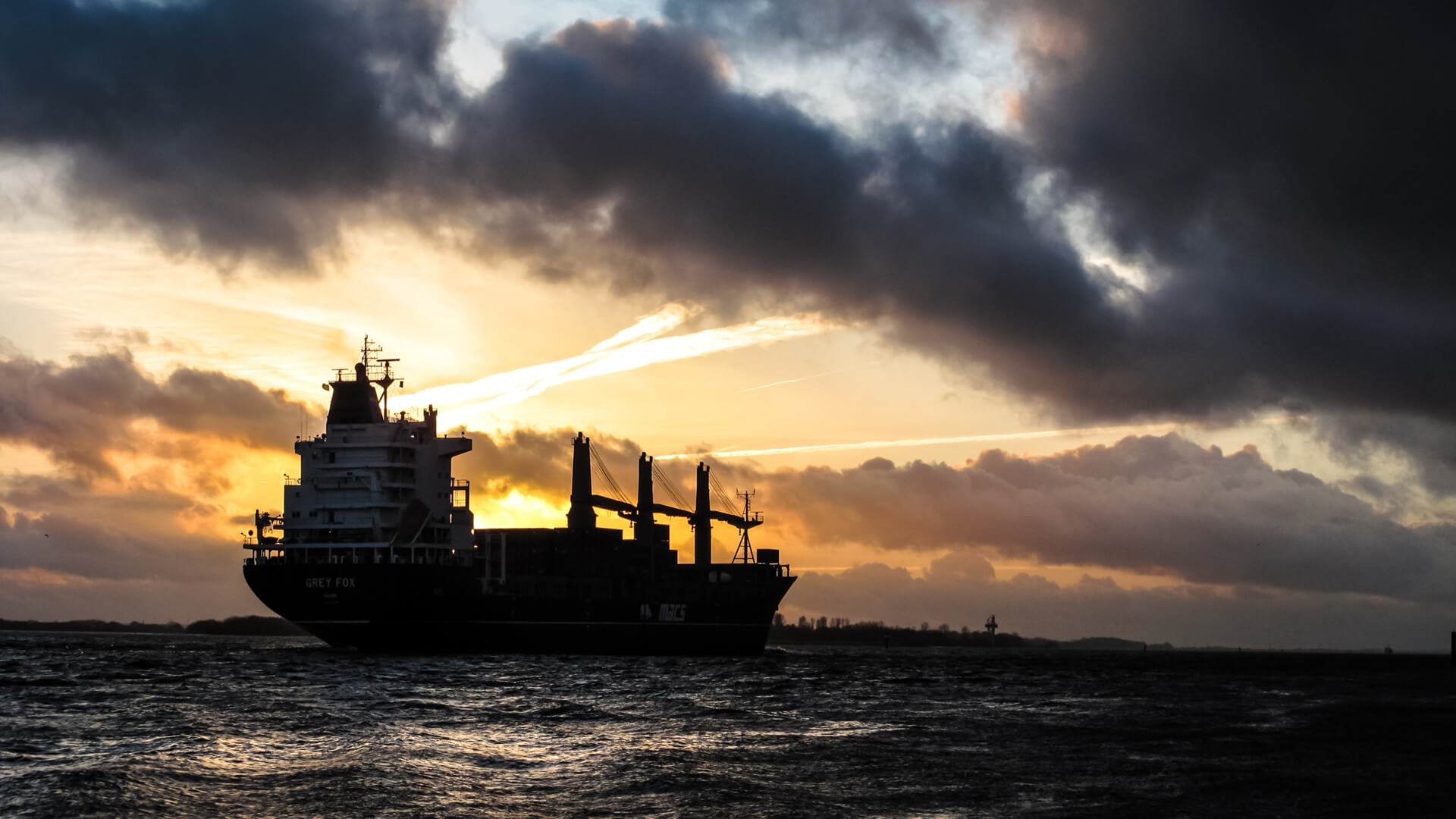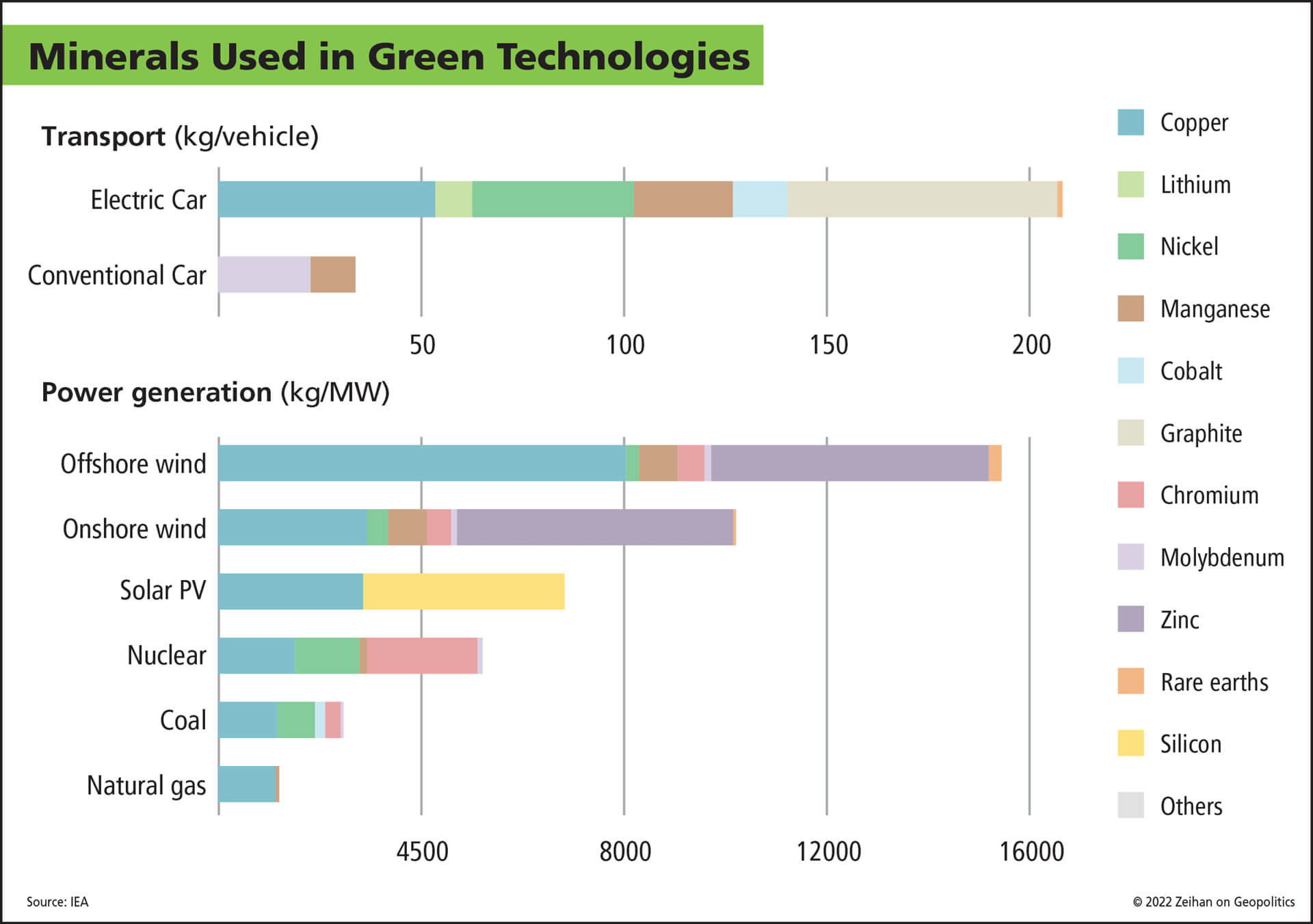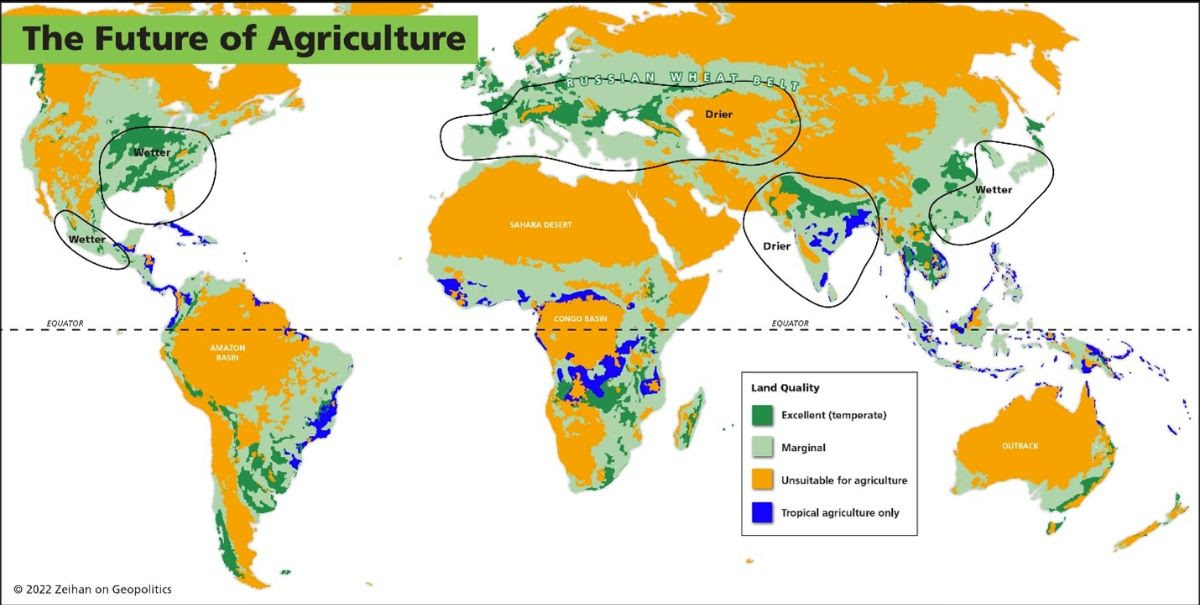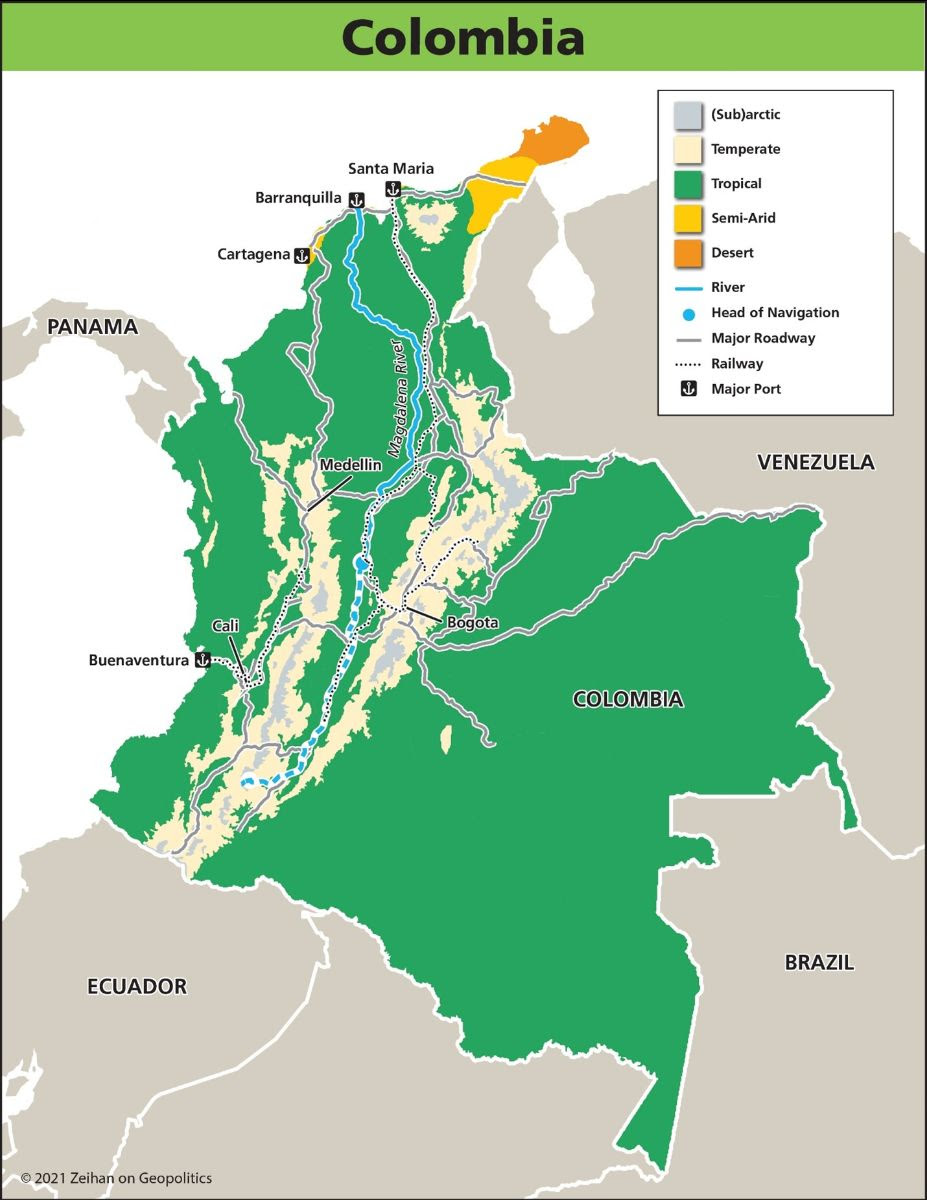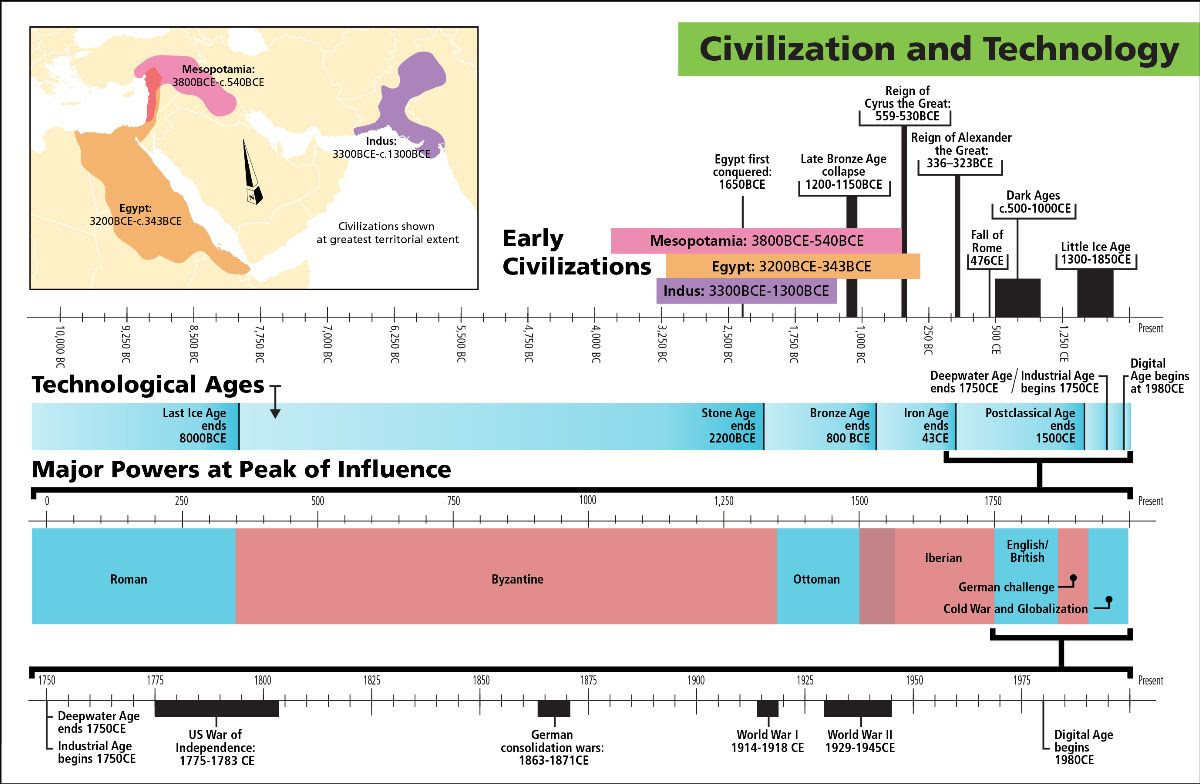Europe is moving rapidly toward enacting an embargo against Russian crude oil. One of the main enforcement mechanisms will likely be denying maritime insurance coverage to ships carrying Russian crude to European ports.
We’ve already seen many ship captains and crews avoiding loading at Russia’s Black Sea oil terminals out of a fear for their own physical safety–the Iran/Iraq war provides a good historical analogue for the risks to tanker ships in an active war zone. But Russia’s Baltic and Pacific ports aren’t seeing a lot of activity either, as many global buyers are looking to stay on the right side of a quickly evolving sanctions regime.
Which brings us back to the world of maritime insurance. Some 95% of global insurance and reinsurance markets are dominated by European players. Would-be buyers of Russian crude who could leverage sovereign indemnification of Russian cargoes–China and Turkey, potentially India–must now weigh the worth of crude discounts against falling afoul of the Europeans and access to their markets.
Here at Zeihan On Geopolitics we select a single charity to sponsor. We have two criteria:
First, we look across the world and use our skill sets to identify where the needs are most acute. Second, we look for an institution with preexisting networks for both materials gathering and aid distribution. That way we know every cent of our donation is not simply going directly to where help is needed most, but our donations serve as a force multiplier for a system already in existence. Then we give what we can.
Today, our chosen charity is a group called Medshare, which provides emergency medical services to communities in need, with a very heavy emphasis on locations facing acute crises. Medshare operates right in the thick of it. Until future notice, every cent we earn from every book we sell in every format through every retailer is going to Medshare’s Ukraine fund.
And then there’s you.
Our newsletters and videologues are not only free, they will always be free. We also will never share your contact information with anyone. All we ask is that if you find one of our releases in any way useful, that you make a donation to Medshare. Over one third of Ukraine’s pre-war population has either been forced from their homes, kidnapped and shipped to Russia, or is trying to survive in occupied lands. This is our way to help who we can. Please, join us.

